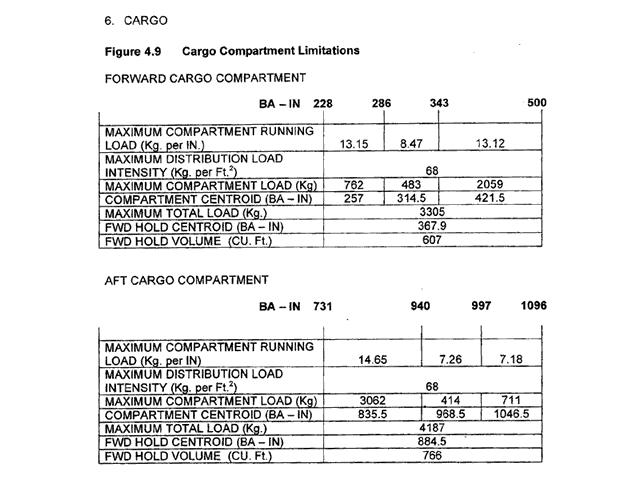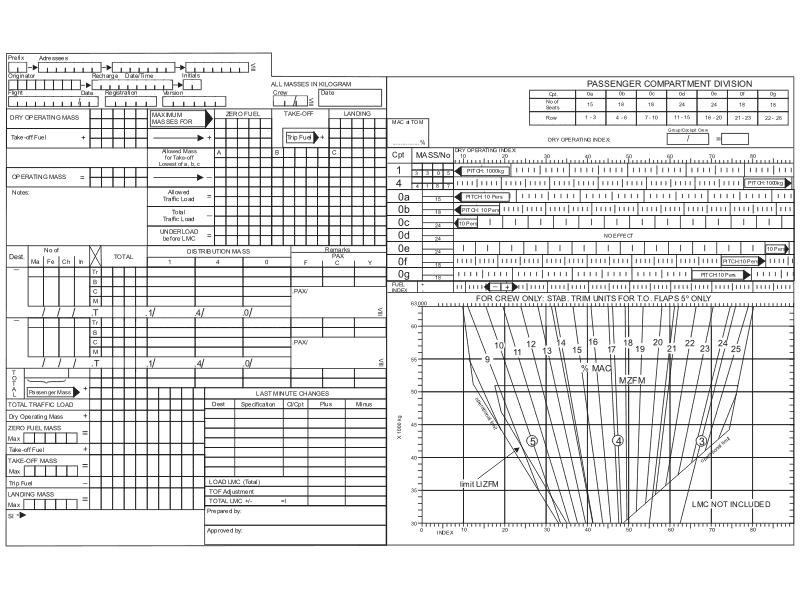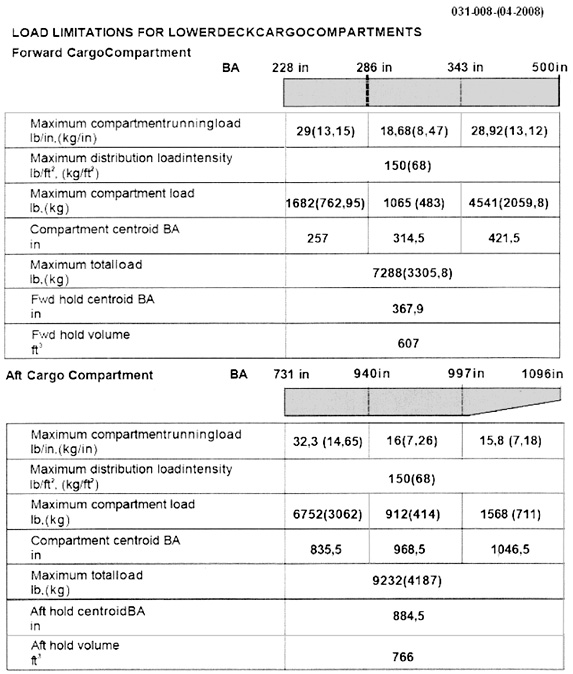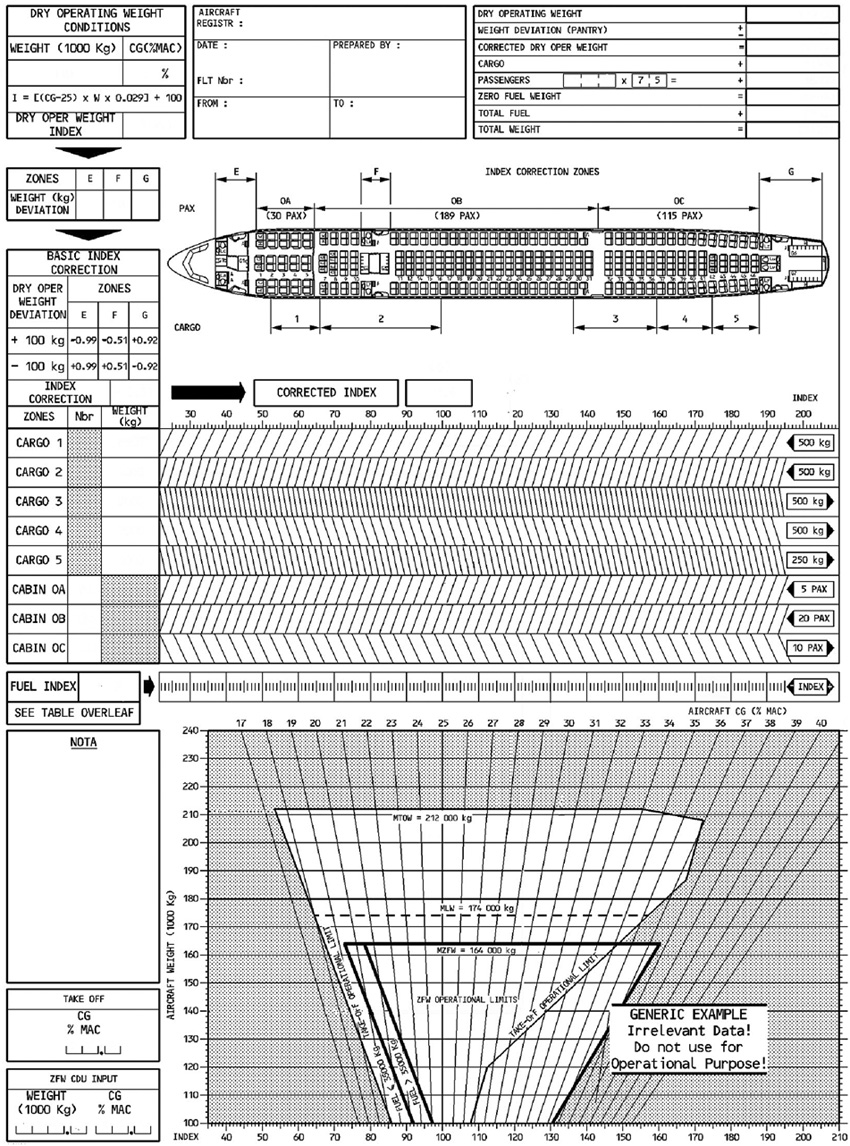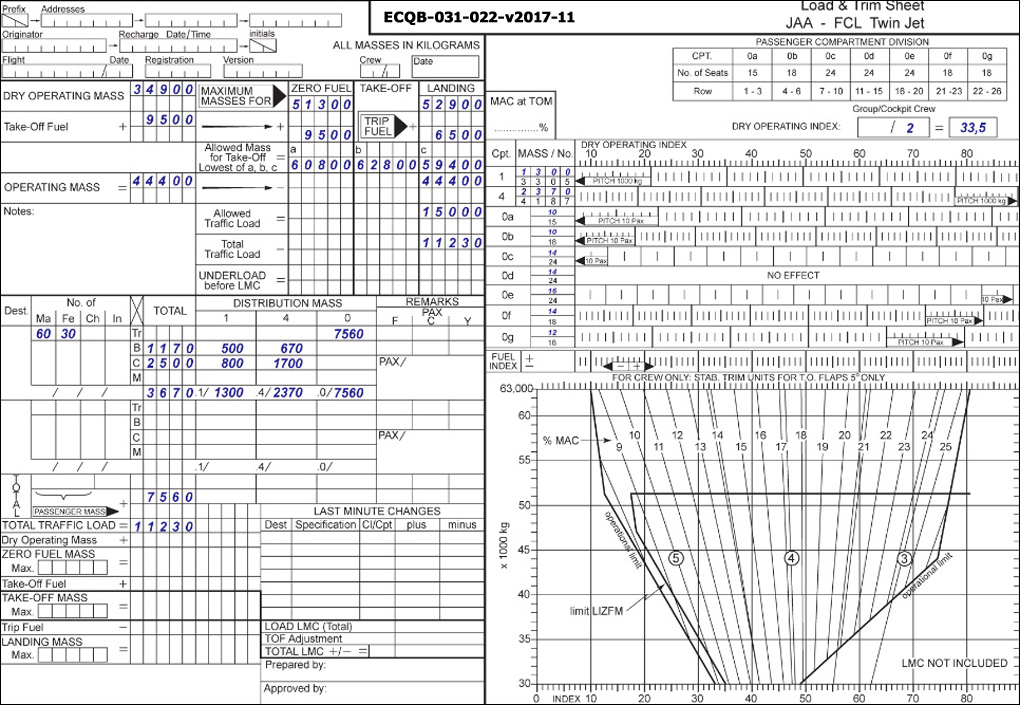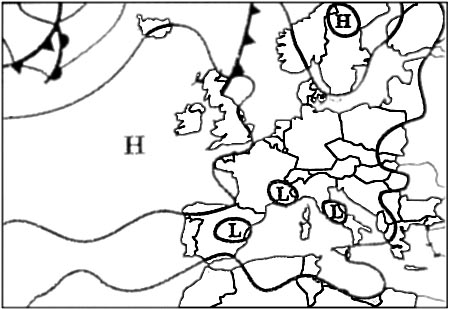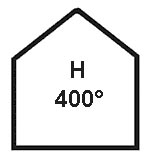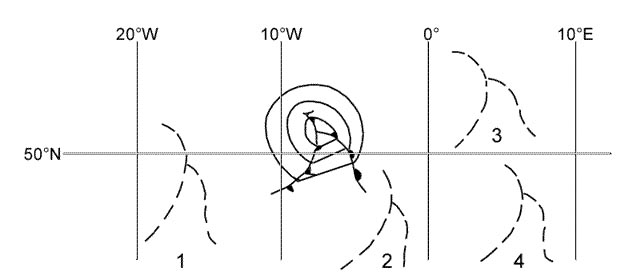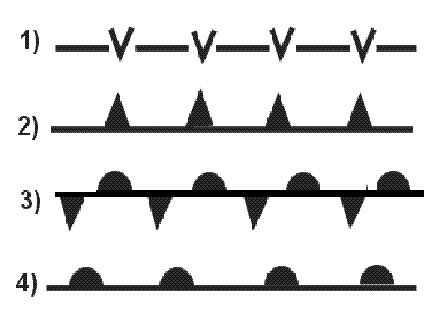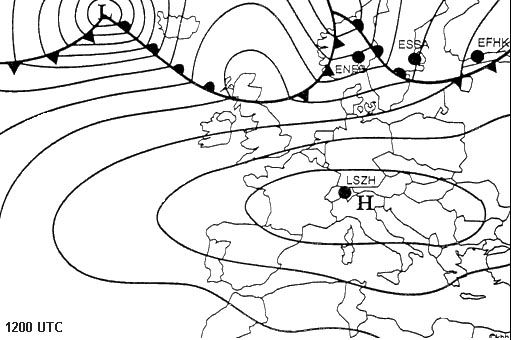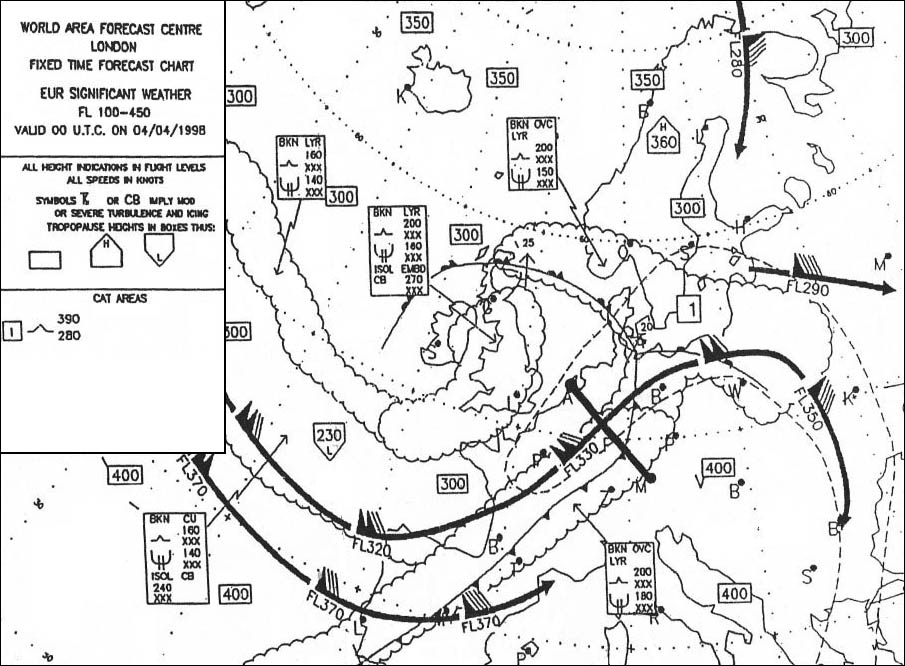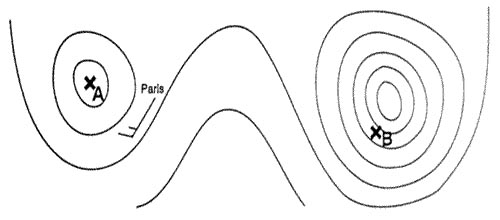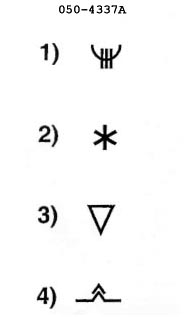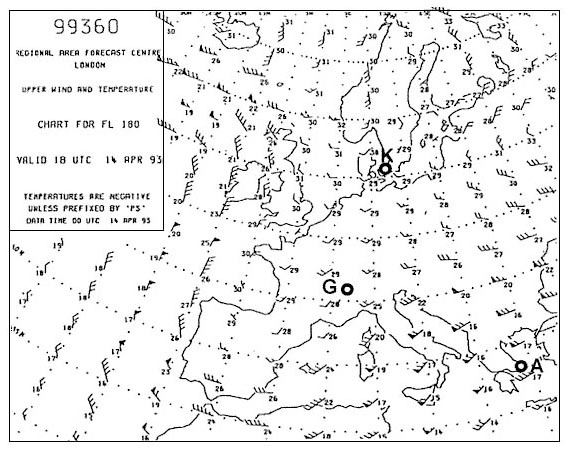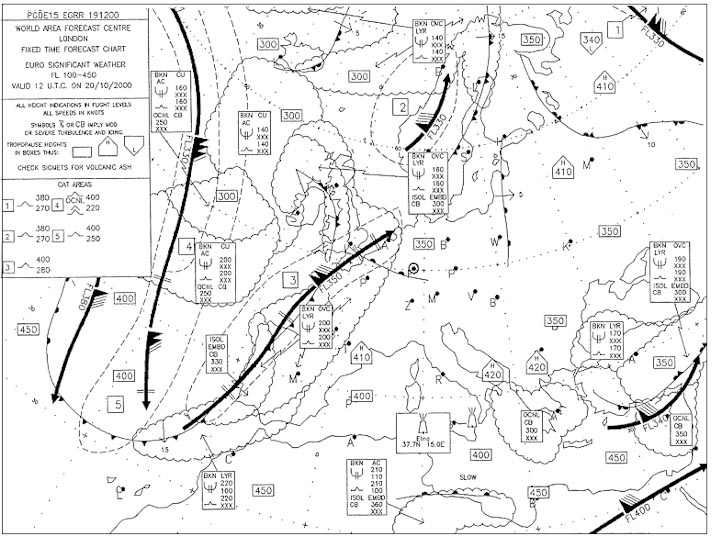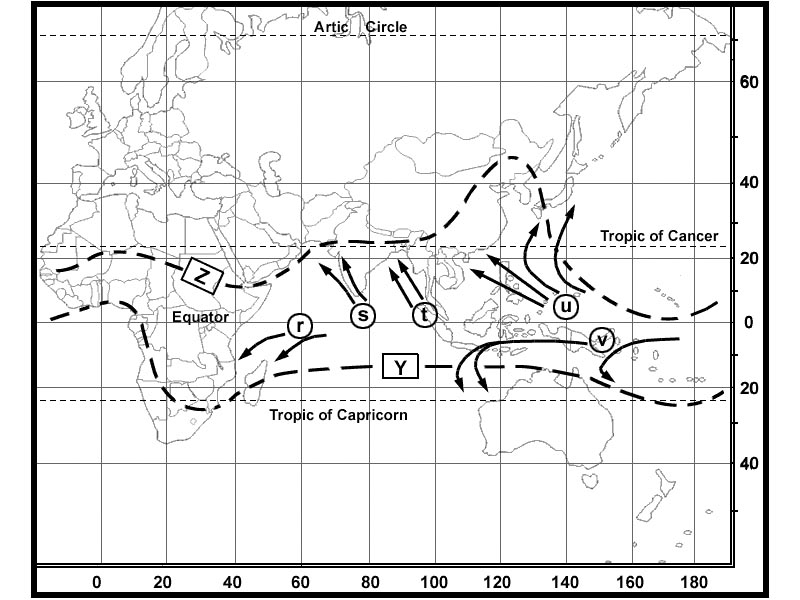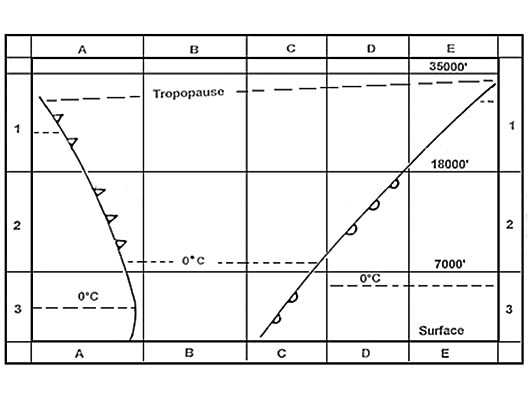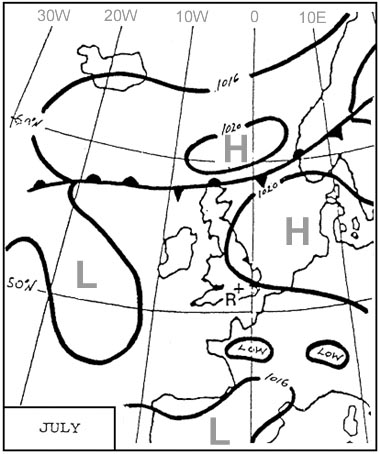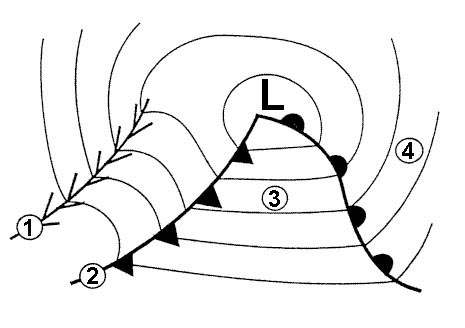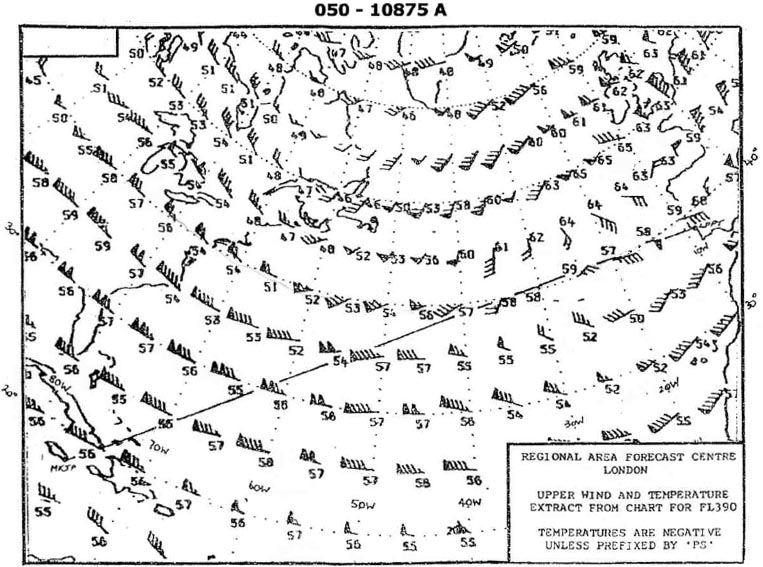Question 112-1 : Using attached graphic according to the flight manual diagram the never exceed speed vne at pressure altitude 10 000 ft with an outside air temperature oat of +10°c and an inflight mass of 2050 kg is . 687 ? [ Training professional ]
Question 112-2 : According to the flight manual diagram the never exceed speed vne at pressure altitude 10 000 ft with an outside air temperature oat of +10° c and an inflight mass of 2400 kg is . 662 ?
Question 112-3 : Using attached graphic which letter indicates the speed for maximum endurance . 688 ?
B
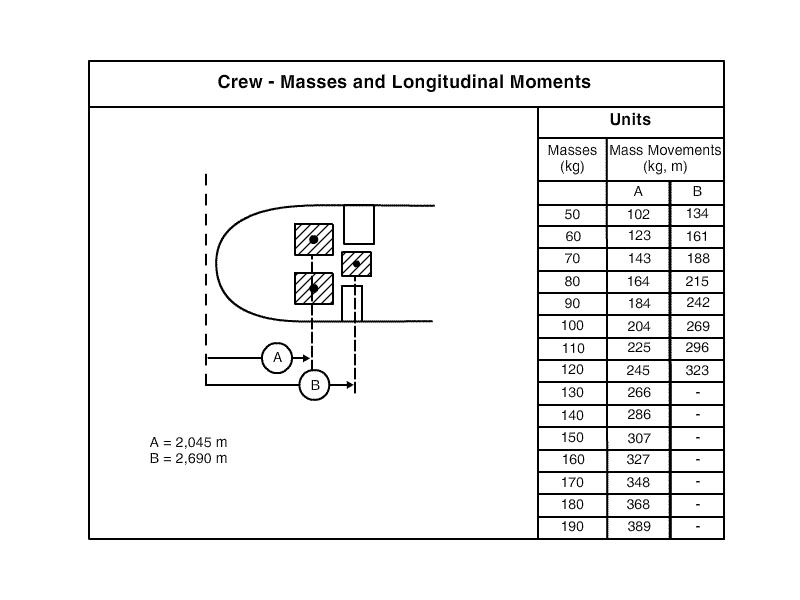
Question 112-4 : Using attached graphic which letter indicates the speed for the best rate of climb . 688 ?
B
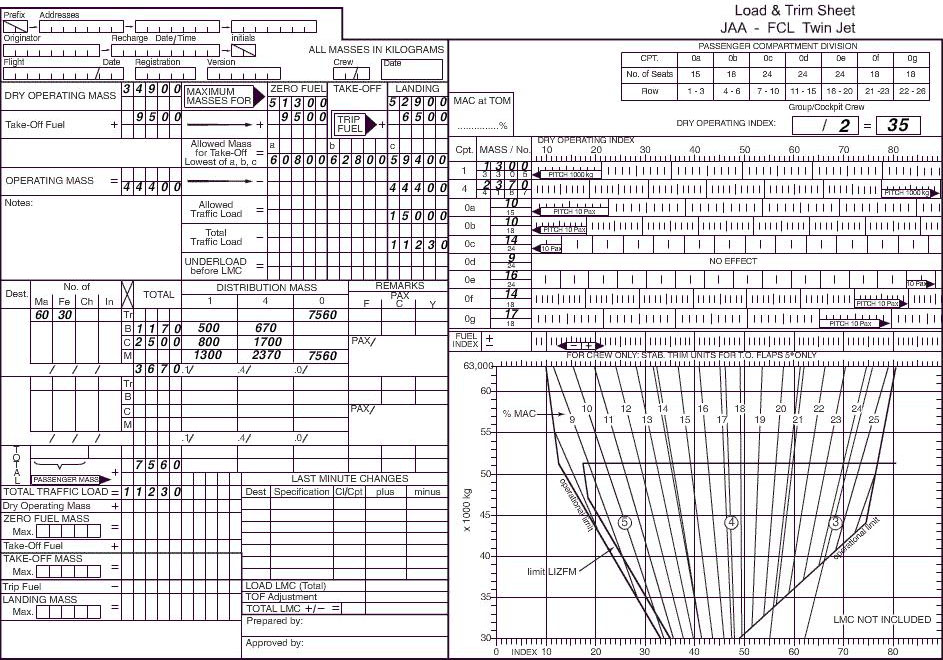
Question 112-5 : Using attached graphic which letter indicates the speed for best range . 688 ?
C
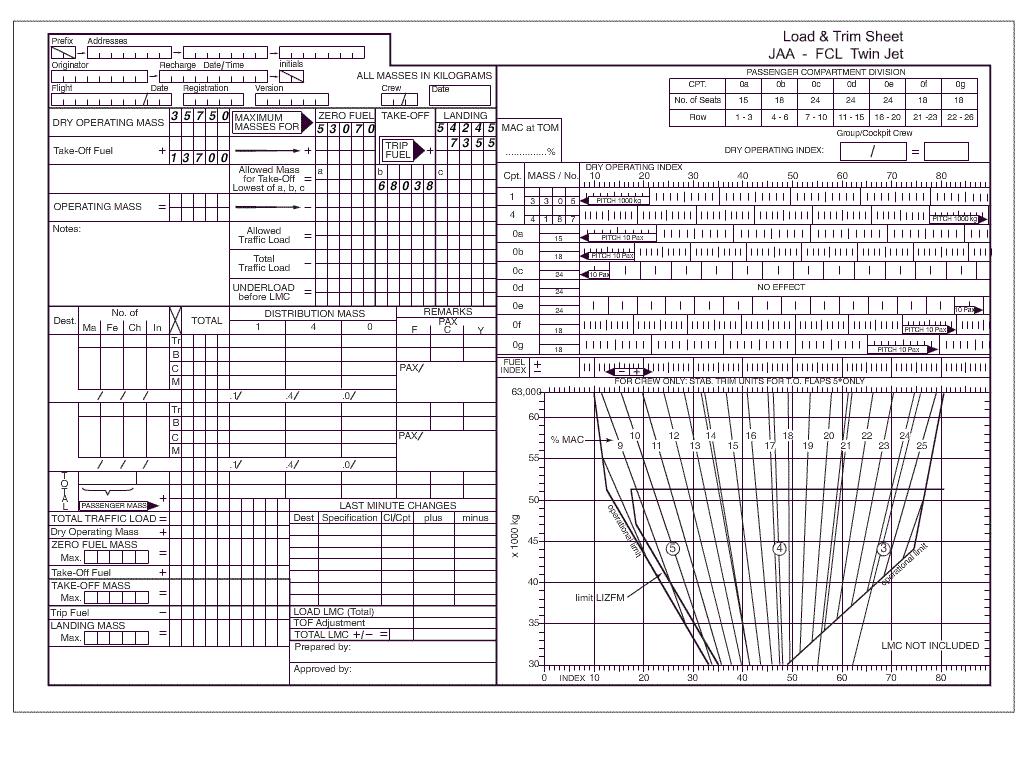
Question 112-7 : A helicopter which has no guaranteed 'stay up' ability in the event of an engine failure is certified in ?
Category b
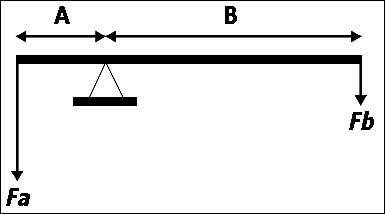
Question 112-8 : A helicopter will obtain a maximum flight distance at the speed ?
Question 112-10 : A platform is a heliport situated ?
Question 112-11 : A safe forced landing is a landing ?
Question 112-13 : An elevated heliport or helideck is defined as one which is above the surrounding level by ?
Question 112-14 : An increase in ambient temperature ?
Question 112-15 : An increase in density altitude ?
Question 112-16 : An increase in pressure altitude ?
Question 112-17 : Assuming an engine failure has occurred during take off a performance class 1 helicopter which plans a turn in the climb of more than 15° must be capable of clearing vertical obstructions by an extra ?
There is no additional margin to apply
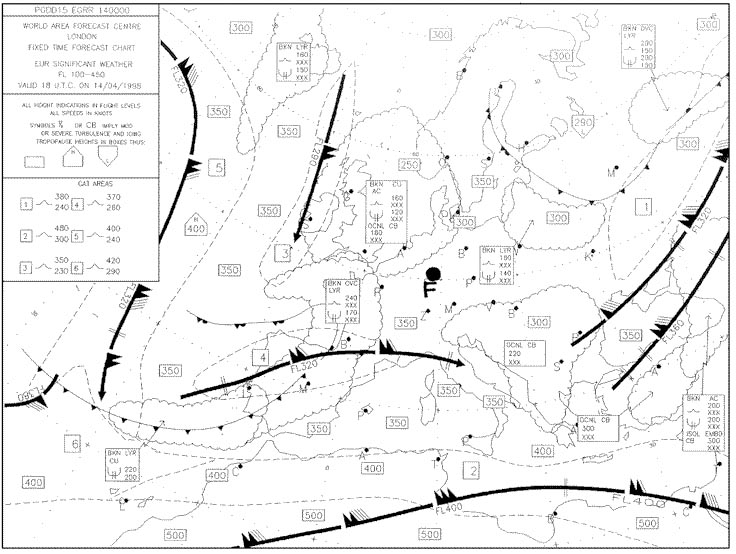
Question 112-18 : Assuming one engine inoperative in a helicopter with performance class 1 during an approach to land the following minimum rate of climb must be achievable ?
100 ft/min at 61 m
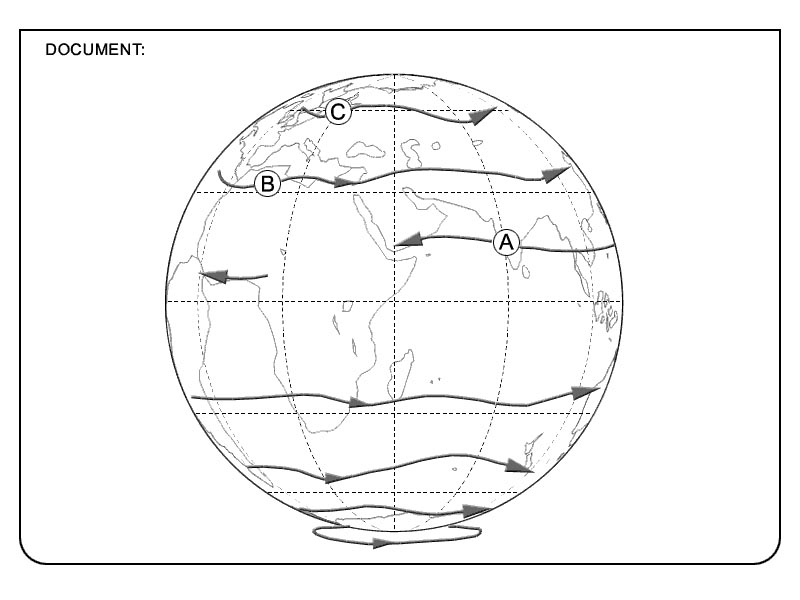
Question 112-19 : Assuming that an engine fails at some point during take off a helicopter of performance class 1 must be able to clear all obstacles vertically by ?
10 7 m + 0 01 dr in ifr
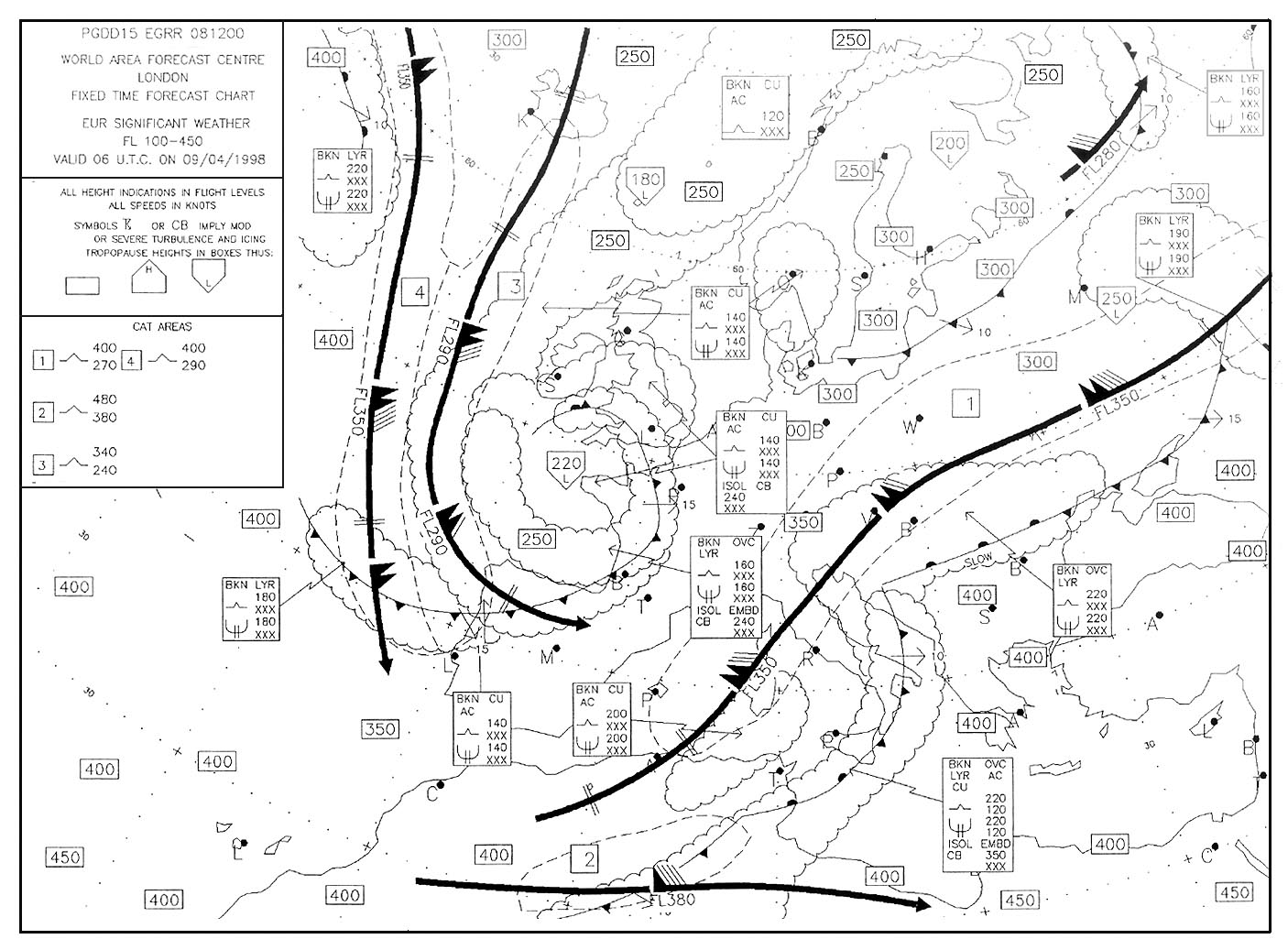
Question 112-20 : The 'climb gradient' is defined as the ratio of ?
The increase of altitude to horizontal air distance expressed as a percentage
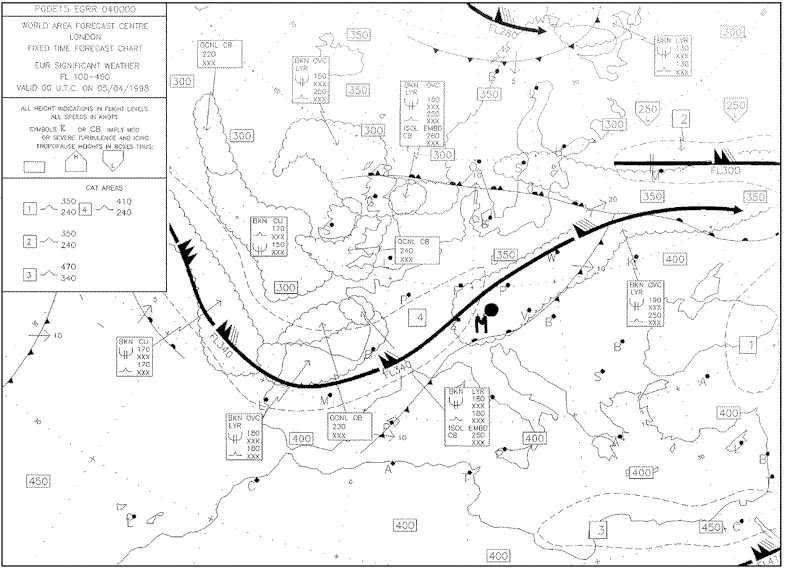
Question 112-21 : Define the term 'performance class 3' ?
Question 112-23 : Flying in a straight line at constant airspeed a head wind ?
Question 112-24 : For a helicopter the distance dr is ?
Question 112-25 : For a performance class 2 helicopter with one engine inoperative on take off the rate of climb at 1000 ft above the heliport must be at least ?
Question 112-26 : For take off with a tail wind component in class 1 performance an operator must take account of at least ?
150% of the reported tail wind component

Question 112-27 : For the calculation of mtow for a performance class 1 helicopter the following factoring of reported tail wind is used ?
150%
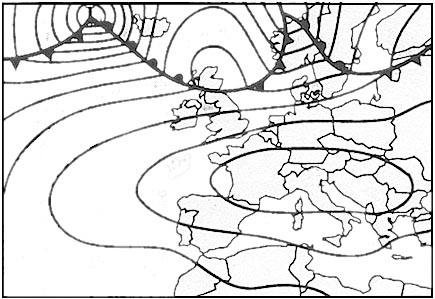
Question 112-29 : How do the best angle of climb speed and best rate of climb speed vary with increasing altitude ?
Question 112-30 : If a helicopter is flying horizontally at its service ceiling ?
Question 112-31 : If during descent in a performance class 1 helicopter which has one engine inoperative fuel is to be jettisoned the fuel contents should be kept to a figure which enables the aircraft to carry out ?
A safe drift down procedure
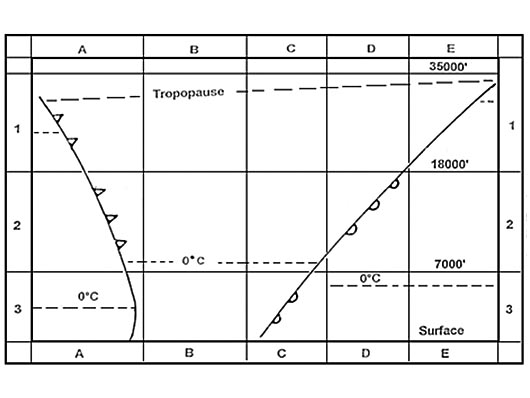
Question 112-32 : In a descent with one engine inoperative a helicopter with performance class 1 must follow a flight path which clears all obstacles vertically by ?
300 m
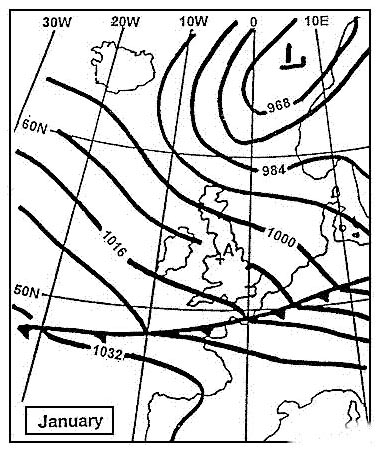
Question 112-33 : In a given configuration mass and fuel on board the endurance of a helicopter ?
Question 112-34 : In a power off autorotation in still air to obtain the maximum glide range the helicopter should be flown ?
Question 112-35 : In a power off autorotation in still air to obtain the minimum rate of descent the helicopter should be flown ?
Question 112-36 : In flight level in class 2 performance with one engine failed and the others operating at 1000 ft above any obstacle along his road the weight of the helicopter must allow it to climb ?
At least 50 ft/mn
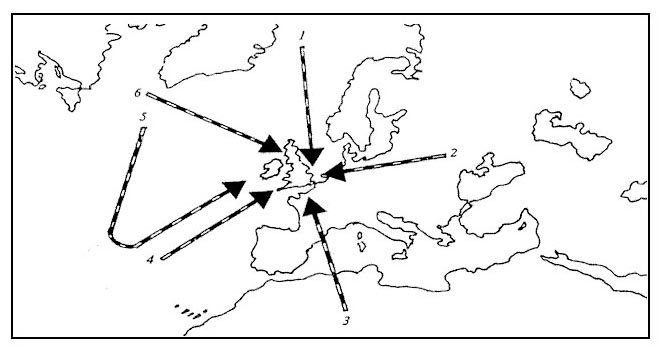
Question 112-37 : In performance class 1 when there is a head wind component an operator when calculating take off performance may take into account ?
More than 50% of the headwind component if a precise wind measuring equipment enables accurate measurement
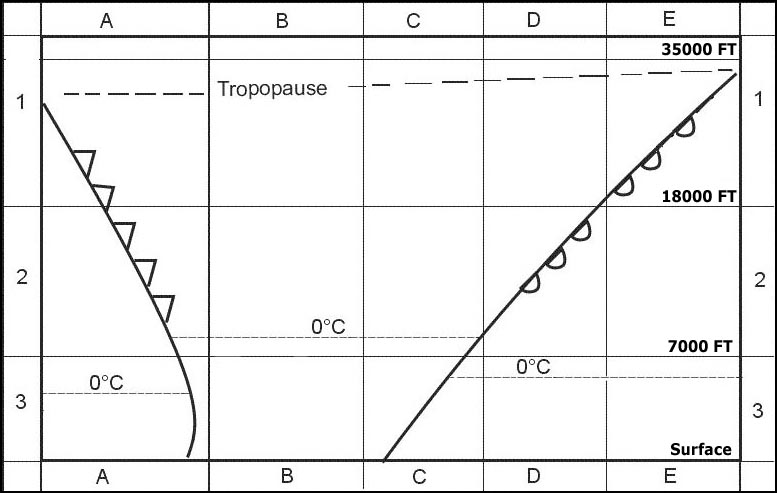
Question 112-38 : In performance class 1 having cleared the elevated heliport or heliplatform's edge in case of an engine failure after the take off decision point the helicopter can clear any obstacle until the end of the take off required distance with a margin of ?
At least 35 ft vertically
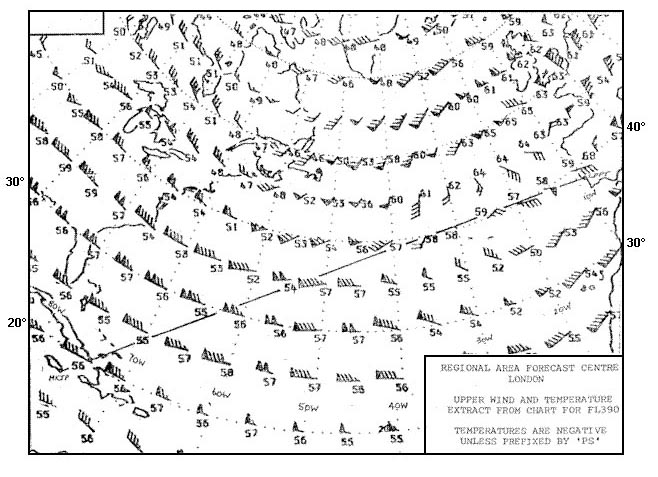
Question 112-39 : In performance class 1 with one engine failed and the others operating normally the helicopter's weight at the estimated time of landing must be such that a rate of climb of at least 100ft/mn at 200 ft above the altitude of ?
Question 112-40 : In performance class 1 with one engine failed and the others operating normally the helicopter's weight at the estimated time of landing must be such that a rate of climb of at least 150ft/mn at 1000 ft above the altitude of ?
~
Exclusive rights reserved. Reproduction prohibited under penalty of prosecution.
4439 Free Training Exam

